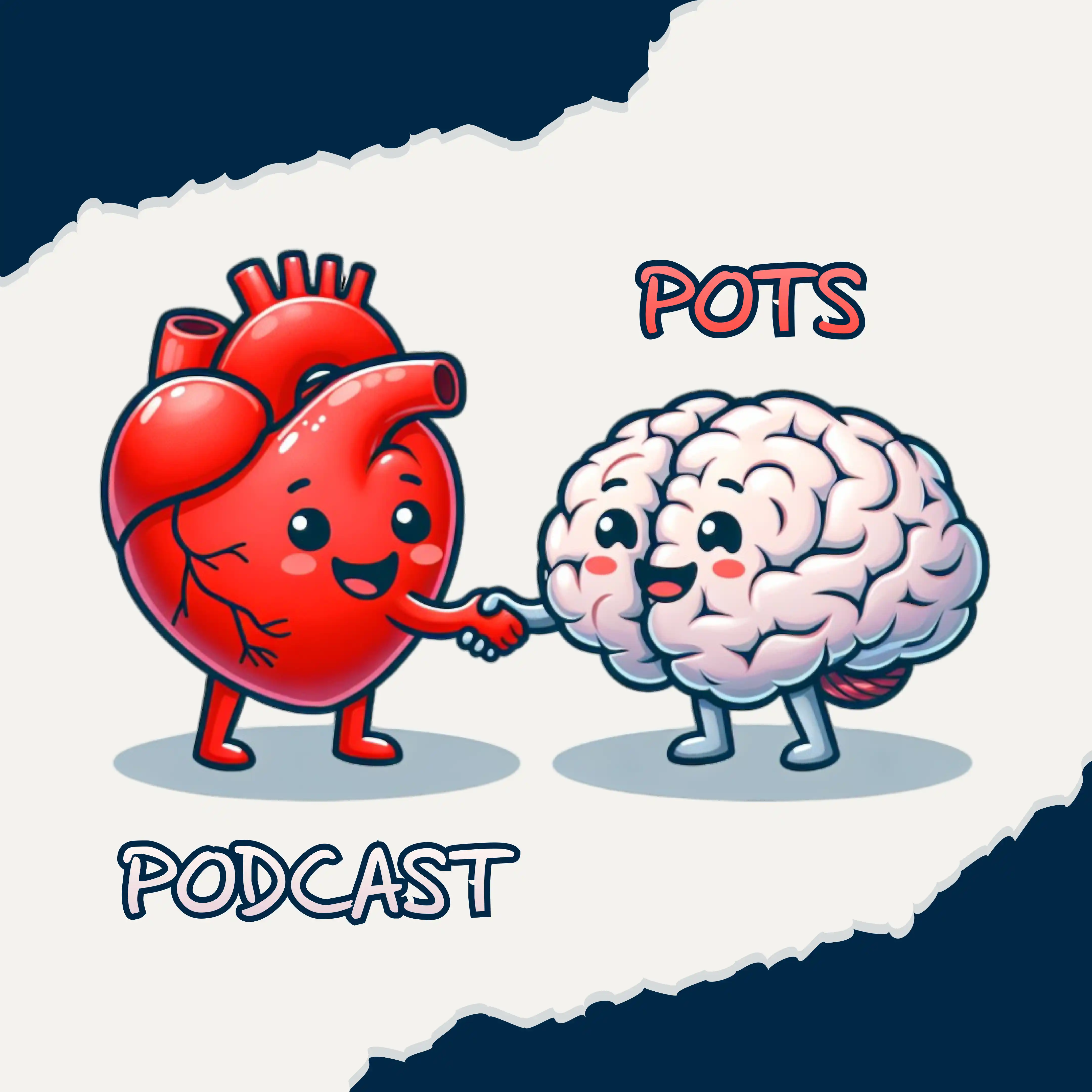
Advanced Eye-Tracking Technology Reveals Hidden Brain Function in Real-Time
Dr. Joseph Schneider partners with Dr. Freddys Garcia from Spryson USA to introduce revolutionary eye-tracking technology that's changing how we diagnose and treat neurological conditions. Using advanced VNG goggles operating at 250 frames per second, they can now detect microscopic eye movements completely invisible during standard bedside examinations. Dr. Schneider shares the story of an 18-year-old with autism who couldn't perform a single normal eye movement—and how this technology helped achieve a 60% improvement in his visual function, enabling him to use his phone and socialize for the first time. The episode reveals how this integrated platform combines 3D virtual reality, precise eye tracking, and rotary chair technology to map brain function through eye movements, providing immediate feedback on treatment effectiveness. Dr. Garcia explains how the massive database they're building will eventually help detect neurological diseases years before symptoms appear. The Hope Brain & Body Recovery Center receives this complete rotary chair system this fall, representing a major advancement in precision brain rehabilitation that delivers measurable results within a single treatment session. Connect with Dr. Joseph Schneider: Website: Hope Brain & Body Recovery Center LinkedIn: Joseph Schneider YouTube: @hopebrainbodyrecoverycenter Instagram: @hopebraincenter_ Facebook: Hope Brain & Body Recovery Center
Description:
Dr. Joseph Schneider partners with Dr. Freddys Garcia from Spryson USA to introduce revolutionary eye-tracking technology that's changing how we diagnose and treat neurological conditions. Using advanced VNG goggles operating at 250 frames per second, they can now detect microscopic eye movements completely invisible during standard bedside examinations. Dr. Schneider shares the story of an 18-year-old with autism who couldn't perform a single normal eye movement-and how this technology helped achieve a 60% improvement in his visual function, enabling him to use his phone and socialize for the first time. The episode reveals how this integrated platform combines 3D virtual reality, precise eye tracking, and rotary chair technology to map brain function through eye movements, providing immediate feedback on treatment effectiveness. Dr. Garcia explains how the massive database they're building will eventually help detect neurological diseases years before symptoms appear. The Hope Brain & Body Recovery Center receives this complete rotary chair system this fall, representing a major advancement in precision brain rehabilitation that delivers measurable results within a single treatment session.
Connect with Dr. Joseph Schneider:
Website: Hope Brain & Body Recovery Center
LinkedIn: Joseph Schneider
YouTube: @hopebrainbodyrecoverycenter
Instagram: @hopebraincenter_
Facebook: Hope Brain & Body Recovery Center


Comments